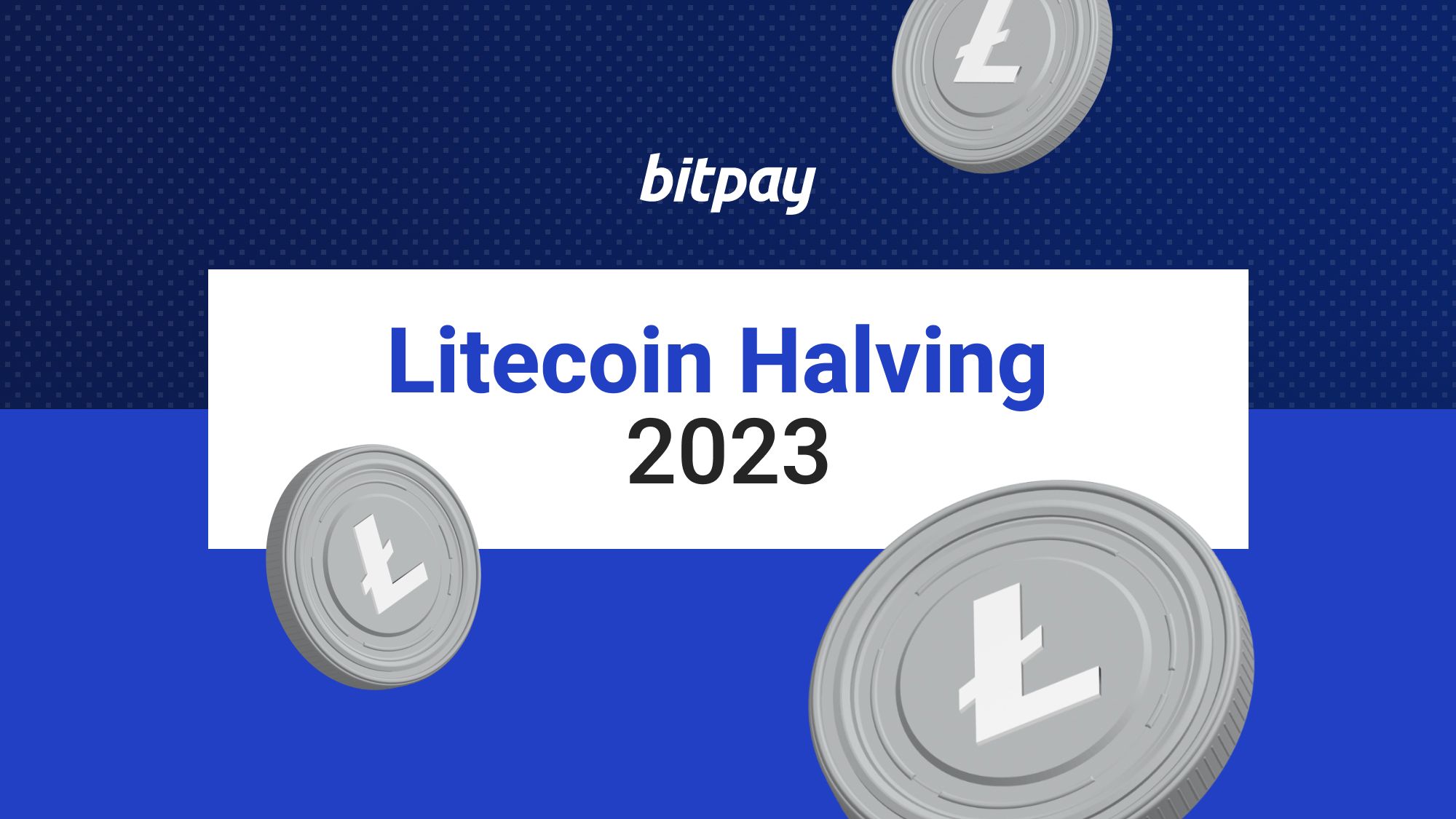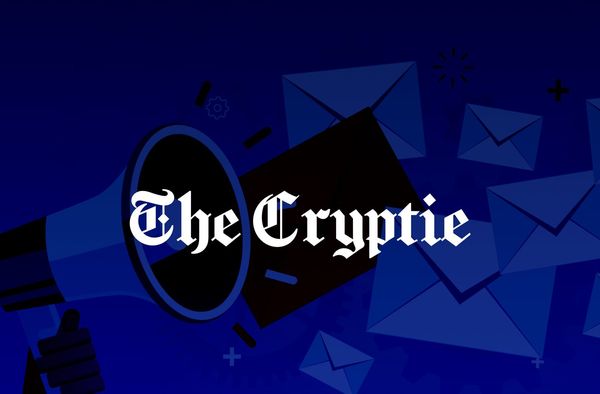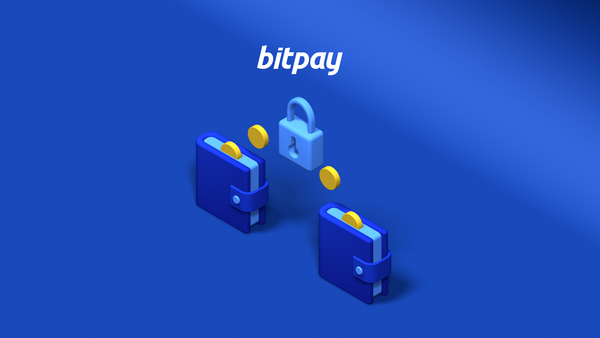Litecoin is about to undergo the third halving event of its existence, which occurs every 840,000 blocks, or approximately every 4 years. Halvings are a process by which the amount of block rewards paid to miners is reduced by half. The mechanism is hard-coded into Litecoin to keep inflation in check while increasing its scarcity, and ideally its value over time. The next Litecoin halving is set to occur on or around Aug. 2, 2023.
Litecoin is widely known as the original “altcoin” (alt, as in, alternative to Bitcoin). It was launched back in October 2011, initially positioned as the “silver” to Bitcoin’s “gold”, making it the second-oldest cryptocurrency still in circulation. Litecoin was created from a fork of the Bitcoin blockchain, with some modifications intended to facilitate faster transaction speeds and lower costs.
While the two cryptocurrencies share many similarities, one of the biggest differences between Litecoin and big brother Bitcoin is their mining algorithms. Bitcoin uses SHA-256, which requires vast computing power to mine, the cost of which is out of reach for most people. Litecoin, on the other hand, uses the far less resource-intensive Scrypt algorithm, which allows users to efficiently and inexpensively mine Litecoin on their own personal computers.
Just as with Bitcoin, Litecoin miners are compensated in block rewards for each new transaction block they help validate. In 2011, Litecoin paid out 50 LTC for each new block created. In August 2015, that reward was cut in half to 25 LTC. After its most recent halving in August 2019, the reward was reduced to 12.5 LTC. Its upcoming third halving will see the payout shrink to 6.25 LTC per block.
When is the next Litecoin halving?
The third Litecoin halving is projected to occur on Aug. 2, 2023, give or take a few days. The reason for this imprecision is that although halvings take place at set intervals (every 840,000 blocks), precisely how long it takes to reach that milestone each time can fluctuate slightly due to unpredictable market factors. Litecoin will continue halving approximately every 4 years until the rewards are effectively nonexistent, which is expected to take place around the year 2142.
What is the Litecoin halving?
Cryptocurrency miners expend time and energy to keep blockchains running smoothly and ensure transactions are executed and recorded in a timely fashion. In many ways, miners are the backbone of the networks they support. To reward them for their important work, miners receive what are known as block rewards for each new completed transaction block.
For every 840,000 blocks mined (1% of the maximum coin supply), the block reward paid out to miners is reduced by half. Doing this slows the flow of new coins into circulation, helping mitigate inflation and drive up scarcity. The idea is that by doing so, demand will simultaneously increase while the circulating supply is decreased. Although the effects halvings have on crypto prices is difficult to predict with certainty, halvings are intended to preserve and boost a cryptocurrency’s value over time.
What to expect from the Litecoin halving event
Halvings are major events in the life cycle of cryptocurrencies, generating a great deal of buzz and hype. Similar to the Bitcoin halvings, which is gearing up for its 4th halving set to take place around April 16, 2024, Litecoin halvings have historically led to periods of volatility and price spikes both before and after the event. It would certainly be a boon to investors to know definitively that a halving event results in higher asset prices, but that simply isn’t the case. There are no guarantees in investing, especially in the volatile world of crypto. Trying to time the market is never an advisable strategy, so if you’re hoping to turn a quick profit around a halving, both timing and luck would have to play a major factor. The most trusted advisors would recommend a DCA crypto strategy instead of one-off buys.
According to data compiled earlier this year by crypto analyst Rekt Capital, LTC prices have historically rallied before halving events, then experienced sharp pullbacks immediately after. During the first LTC halving, the coin reached a bottom 122 days prior before rallying 820% leading up to the event. The second halving saw it bottom 243 days out and then climb 550% in the run-up.
After the two previous halvings, the price of LTC rallied significantly, jumping 14,200% after halving 1 and 1,574% after halving 2. However, in both cases the price declined significantly following these rallies. Litecoin’s price slid by 73% in the 578 days after the first halving. The second halving’s retracement was even worse, with LTC’s price dropping 83% over the following 458 days.
Previous Litecoin halving dates
Litecoin’s genesis block was mined on Oct. 7, 2011, at which time the block reward was 50 LTC. Its first two halvings played out as follows:
- Halving 1 took place on Aug. 25, 2015 at block 840,000, reducing the block reward to 25 LTC. At the time the price of Litecoin was just under $3 per coin.
- Halving 2 happened on August 5, 2019 with the mining of the 1,680,000th LTC block, by which time the price of Litecoin had reached $93.20. The second halving reduced the block reward to 12.5 LTC.
- Halving 3 is expected to take place around Aug. 2, 2023 at block 2,520,000 which will see the miner block reward drop to 6.25 LTC per new transaction block. As of late July, the price of a single Litecoin is hovering around $89.
Litecoin Halving coincides with LTC's rise as payment method
Litecoin's 2023 halving is coinciding with another monumental development for the coin: it's overtaking of BTC as the top cryptocurrency for payments. Based on BitPay Stats data, LTC transactions accounted for almost 35% of all crypto payments processed by BitPay in June.


